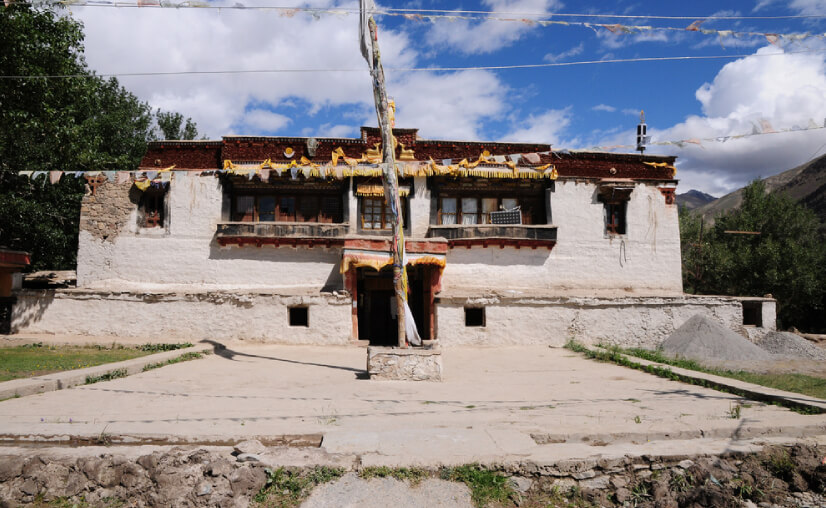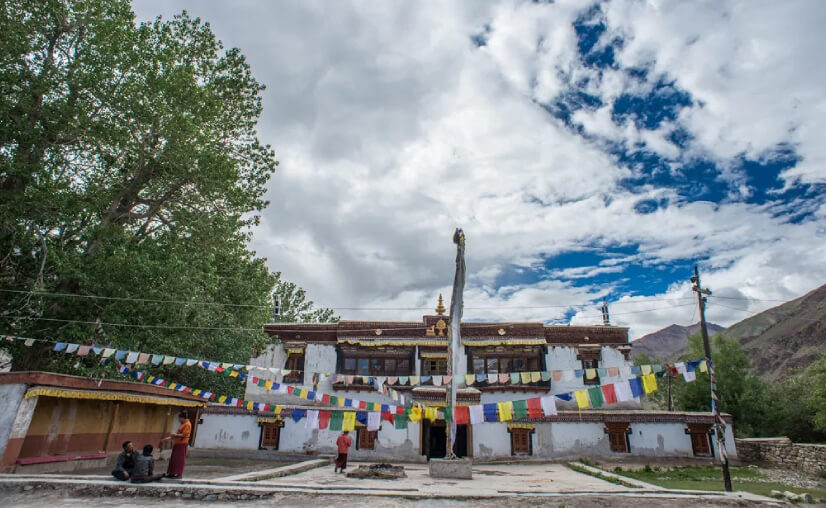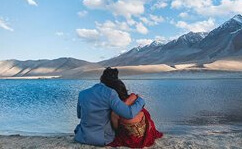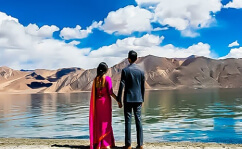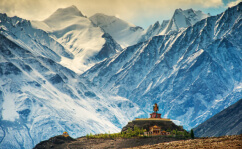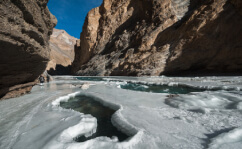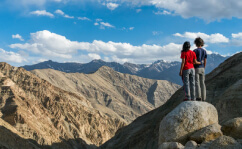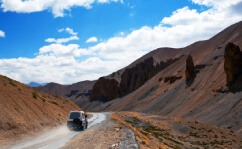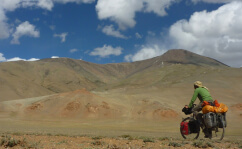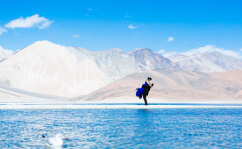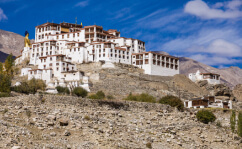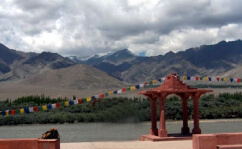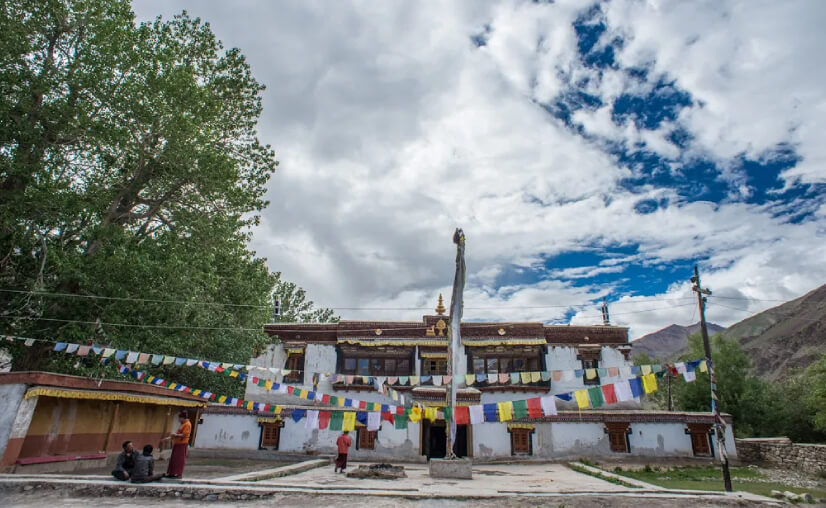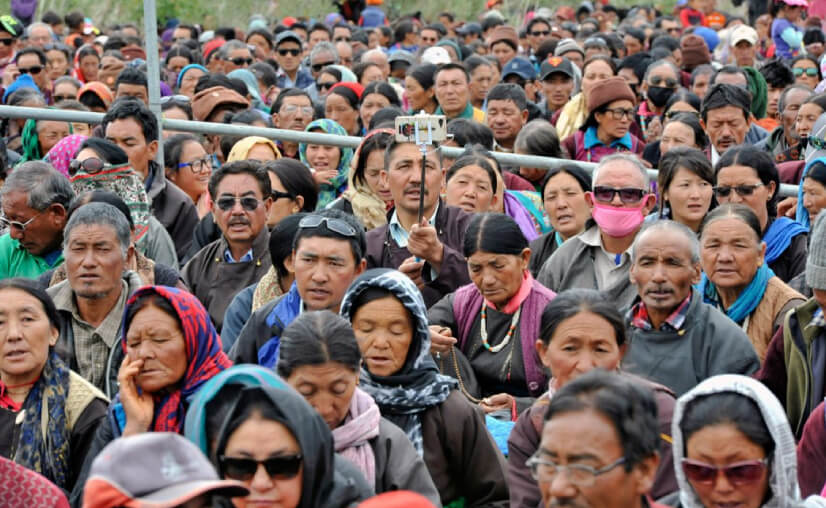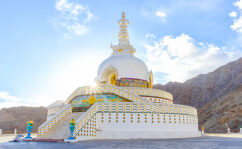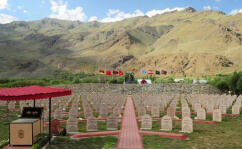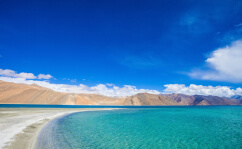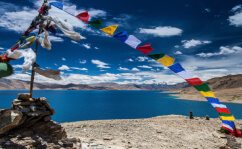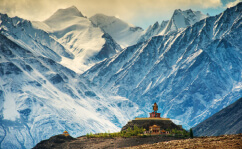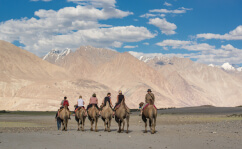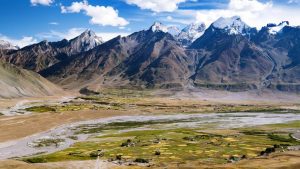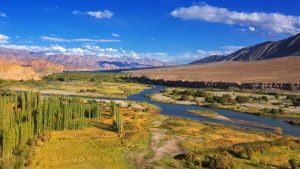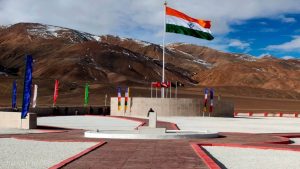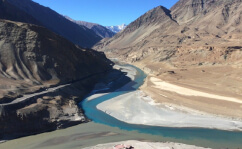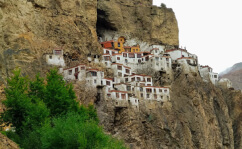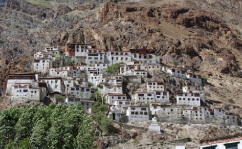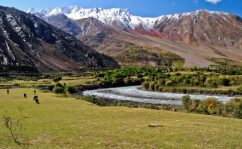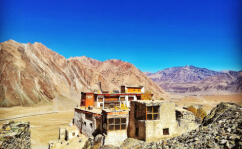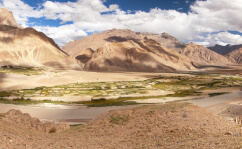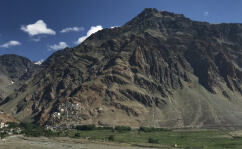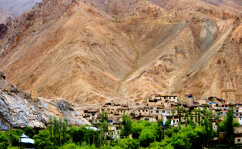About Sani Gompa/Monastery Zanskar
Sani Gompa, located just next to the village of Sani, is a famous place to visit in Zanskar because it is believed to be the oldest religious site in the entire Ladakh and Zanskar region. It belongs to the Drukpa Kagyu school of Tibetan Buddhism, and is the only order which has nuns.
History of Sani Gompa
The Sani Gompa houses an ancient chorten which is about 20 feet high, and is known as the Kanika Chorten. It is generally assumed that the chorten dates back to the days of Kanishka, the famous Kushan emperor, also known as Kanika.
Kanishka occupies a respectable place in Buddhist literature because he promoted the Buddhist religion and is also said to have sponsored a Buddhist conference in Kashmir. It is the only history apart from the Gandhola Monastery in Lahaul which dates back to the Kushan era.
The monastery is also associated with Guru Padmasambhava, whose statue is located in the middle of a water body, right to the Kanika Chorten. Adjoining the monastery is a temple dedicated to Yogi Niropa, who is believed to have meditated here.
Best Selling Ladakh Tour Packages
Architecture of Sani Gompa
The architecture of the Sani Gompa is different from the other famous monasteries in Ladakh, as it stands not on a hill or mountain but on flat land. It is built in the shape of a fortress.
Just beside the Kanika Chorten are ten standing stones which contain engravings of deities in a pre-Tibetan style. The compound of the gompa is rectangular in shape, and the main entrance is a gate chorten with prayer wheels.
The Assembly Hall, or the Dukhang, consists of 16 columns and are home to images of Chenren, Chamba and Guru Padmasambhava. There is a small room behind the altar which houses an ancient figure of Cho Rinpoche and a bookshelf with the sacred volumes of the Kangyur.
The temple which is dedicated to Yogi Niropa is adorned with bas-reliefs in stucco painted in bright colours and niches. Just beside the gompa is a small wonderful plantation of old poplars. This is unique because you usually do not see a lot of trees in the monasteries and gompas of Ladakh.
Just outside the Sani Gompa monastery complex is a cemetery of the Tibetan Buddhists which contain ancient rock carvings. Inside, there is a 2 meter high boulder with a painting of Maitreya. A mast with colourful Tibetan Buddhist prayer flags is also located nearby.
Festivals Celebrated at Sani Gompa
The Sani Gompa hosts two festivals, Nunges and Sani Naro-Nasjal. While Sani Naro Nasjal is held in the first week of August, Nunges has no fixed date.
During Sani Naro Nasjal, the statue of Yogi Niropa is unveiled either in late July or early August, or on the eve of the Naro-Nasjal Festival. Masked dances, called Chhams, are performed by lamas from the Bardan Monastery.
Frequently Asked Questions
Q. Do I need to pay an entry fee to visit the Sani Gompa Monastery?
No. You do not need to pay any entry fee to visit the Sani Gompa Monastery.
Q. What is the best time for visiting Sani Gompa?
June to September is the best time for visiting Sani Gompa.
Q. How do I reach Sani Gompa?
You can catch a hired taxi from Kargil, which will drop you off at the village of Sani. From there, you will have to walk to the monastery. Sani Village is located about a 10 hours drive from Kargil.
Q. Why is the Sani Gompa famous?
Sani Gompa is famous for being one of the oldest religious sites in the Zanskar and Ladakh region. It is also home to the Kanishka/Kanika Chorten, a temple dedicated to Yogi Niropa and a gigantic statue of Guru Padmasambhava.

 +91-9212553109
+91-9212553109 Plan Your trip
Plan Your trip